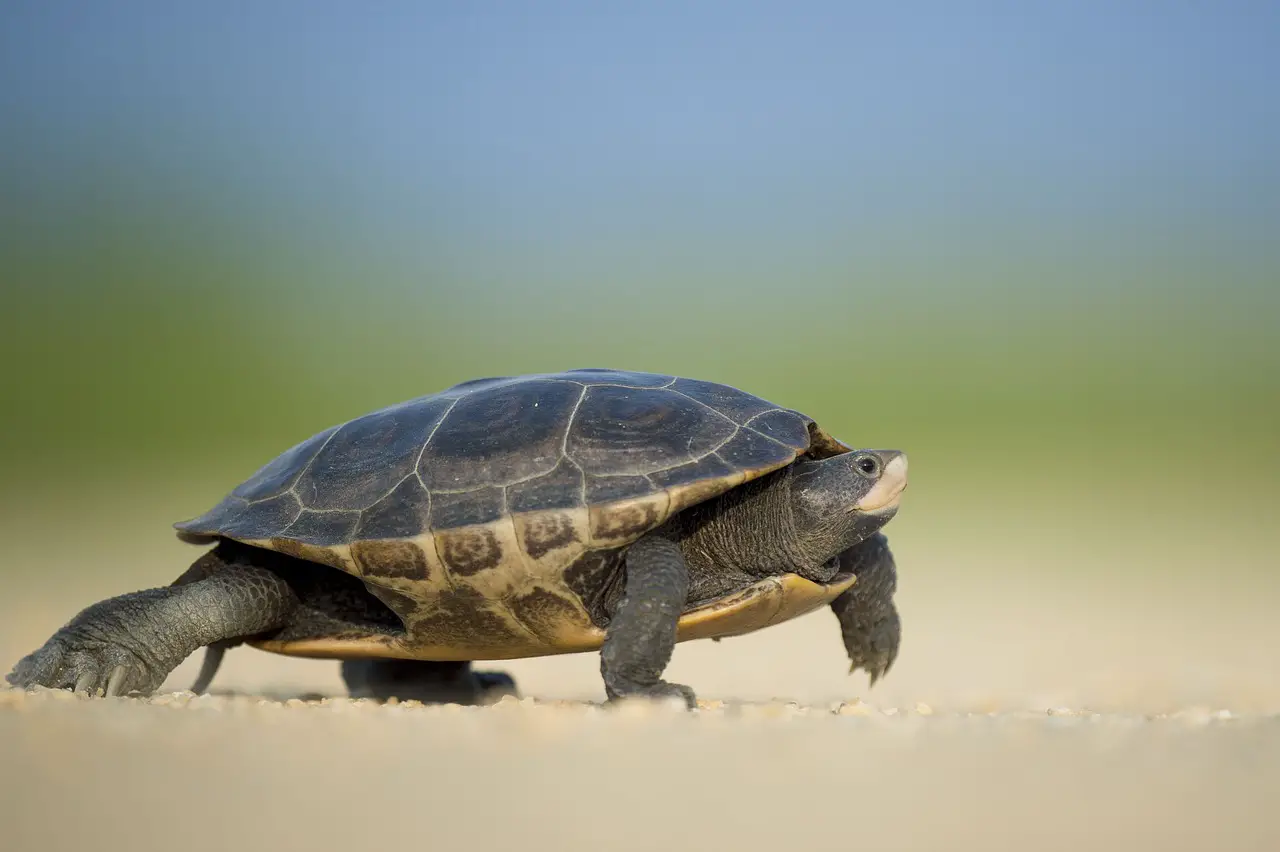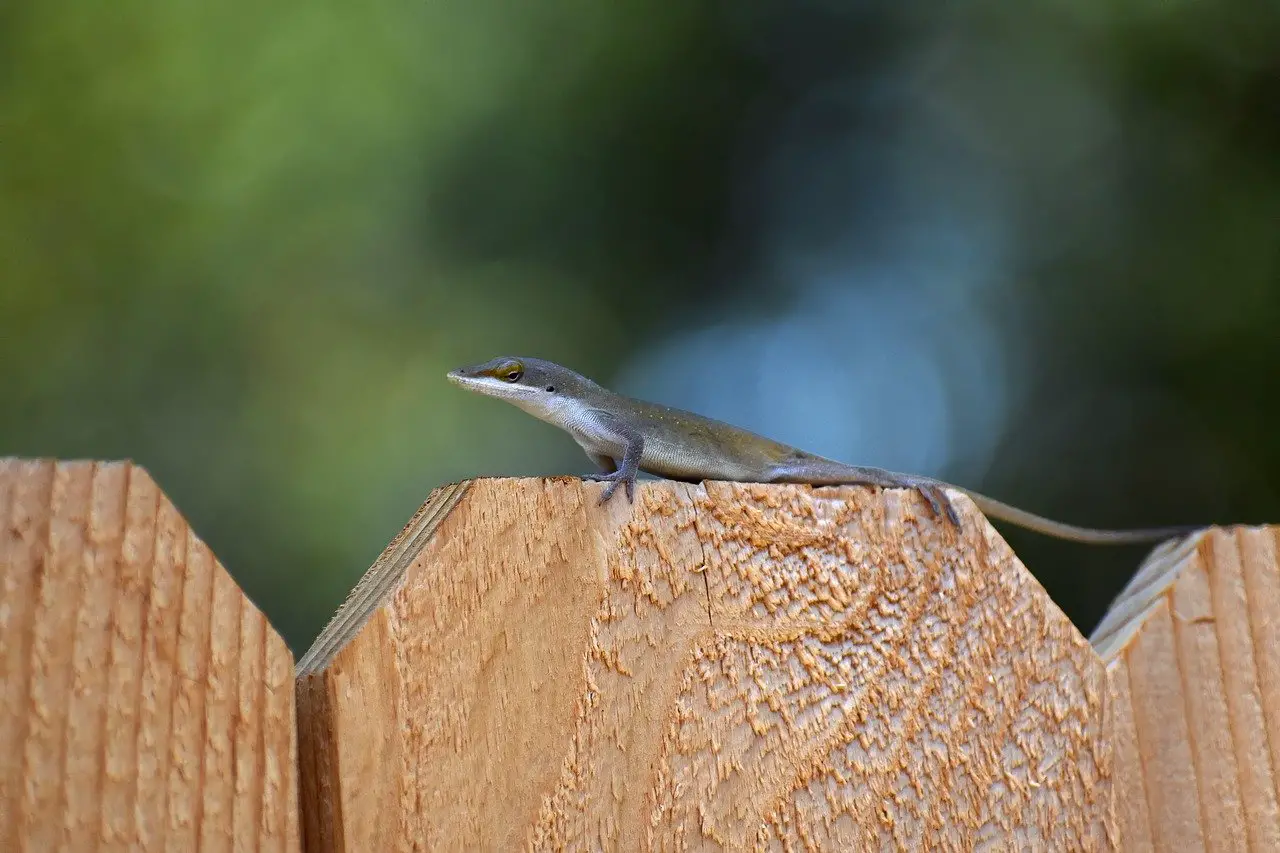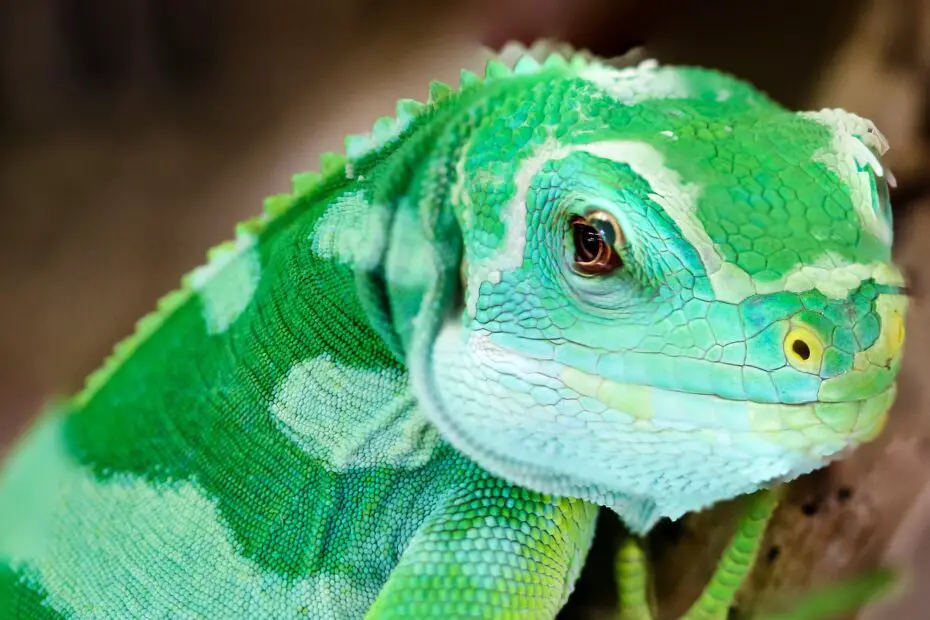The world is home to a stunning array of reptile species, from the majestic sea turtles gliding through the oceans to the elusive chameleons blending seamlessly into their surroundings. However, many of these remarkable creatures are facing the looming threat of extinction due to habitat loss, climate change, poaching, and other human activities.
In this blog, we will delve into the critical issue of endangered reptiles and explore the dedicated conservation efforts and heartwarming success stories that offer hope for these remarkable creatures.
You may also want to know how fast an alligator runs.
The Plight of Endangered Reptiles
Reptiles, which include turtles, snakes, lizards, and crocodilians, play essential roles in ecosystems as both predators and prey. They contribute to biodiversity, help control pest populations, and serve as indicators of environmental health. Sadly, a growing number of reptile species are classified as endangered or critically endangered by organizations like the International Union for Conservation of Nature (IUCN). Here are some key reasons why reptiles are in peril:

Habitat Loss and Fragmentation
One of the primary threats to reptiles is habitat loss and fragmentation. As human populations expand, natural landscapes are converted into agriculture, urban areas, and infrastructure, leaving reptiles with fewer places to live, breed, and forage.
Climate Change
Climate change is altering the temperature and precipitation patterns in many regions, affecting reptiles that are highly sensitive to temperature variations. For instance, rising temperatures can skew the sex ratios of sea turtles, endangering their populations.
Poaching and Illegal Trade
Reptiles are frequently targeted by illegal wildlife trade due to the demand for their skins, shells, and exotic pets. This black market trade poses a significant threat to many species, such as the plowshare tortoise and the radiated tortoise in Madagascar.
Conservation Efforts in Action
While the challenges facing endangered reptiles are formidable, dedicated individuals, organizations, and governments around the world are working tirelessly to protect and conserve these species. Here are some of the conservation efforts that offer hope for the future of these remarkable reptiles:
Habitat Protection and Restoration
One of the most effective ways to safeguard reptiles is to protect and restore their natural habitats. Conservationists are creating and expanding protected areas, implementing sustainable land management practices, and restoring critical habitats like wetlands and mangrove forests.

Captive Breeding and Head-Starting Programs
Captive breeding programs are instrumental in saving endangered reptiles from extinction. These initiatives involve breeding reptiles in controlled environments and releasing offspring into the wild when they are better equipped to survive. Head-starting programs, in particular, raise hatchlings in protective environments until they are less vulnerable to predation.
Community Involvement and Education
Conservationists recognize the importance of involving local communities in reptile conservation efforts. By raising awareness, providing alternative livelihoods, and involving communities in monitoring and protection, these initiatives foster a sense of responsibility and shared stewardship for endangered reptiles.
Success Stories in Reptile Conservation
Despite the bleak outlook for many reptile species, several success stories demonstrate that conservation efforts can make a significant difference in preserving these remarkable creatures. Here are a few examples:
Kemp’s Ridley Sea Turtle
The Kemp’s Ridley sea turtle, the rarest sea turtle species, was on the brink of extinction in the 1970s due to rampant egg poaching and habitat destruction. Conservationists implemented strict protection measures, established hatcheries, and promoted community involvement. As a result, the Kemp’s Ridley population has rebounded, offering hope for this critically endangered species.
The California Condor
While not a reptile, the California condor’s conservation story is an inspiring one. In the 1980s, this magnificent bird was on the brink of extinction, with only 27 individuals remaining. Conservationists launched a bold and controversial plan to capture all remaining condors and breed them in captivity. Thanks to these efforts, there are now over 400 California condors, a testament to the power of dedicated conservation.
The Cuban Crocodile
The Cuban crocodile, found only in Cuba, faced severe habitat loss and hybridization with American crocodiles. Conservationists established captive breeding programs and worked on habitat restoration. Their efforts have led to an increase in the wild Cuban crocodile population, offering a lifeline to this endangered reptile.
The Western Pond Turtle
The western pond turtle, native to the western United States, faced habitat loss, predation by non-native species, and disease. Conservationists launched head-starting programs, created safe habitats, and engaged communities in turtle conservation. Today, western pond turtle populations are slowly recovering.
How You Can Help
While these success stories are heartening, the conservation journey for many endangered reptiles remains a challenging one. Here are some ways you can contribute to their preservation:
Support Conservation Organizations
Donate to reputable conservation organizations that work to protect endangered reptiles and their habitats. These organizations rely on funding to carry out critical conservation initiatives.
Educate Yourself and Others
Learn about the reptile species in your region and the challenges they face. Share your knowledge with friends and family to raise awareness about reptile conservation.
Volunteer
Consider volunteering with local conservation groups or wildlife rehabilitation centers. Your time and skills can make a significant impact on reptile conservation efforts.
Adopt Sustainable Practices
Practice sustainable land use and reduce your carbon footprint to mitigate the effects of habitat loss and climate change on reptile populations.
Responsible Pet Ownership
If you are interested in keeping reptiles as pets, ensure you choose species that are not threatened or endangered and acquire them from legal and ethical sources.
Conclusion
Endangered reptiles are a vital part of our planet’s biodiversity, and their conservation is an urgent global priority. While the challenges they face are significant, the dedication of individuals, organizations, and communities offers hope for their survival. By supporting conservation efforts and adopting responsible practices, we can all play a part in preserving these remarkable creatures for future generations to admire and cherish.
The success stories in reptile conservation remind us that with collective action, we can turn the tide for these extraordinary animals, ensuring they thrive in the wild for years to come.
